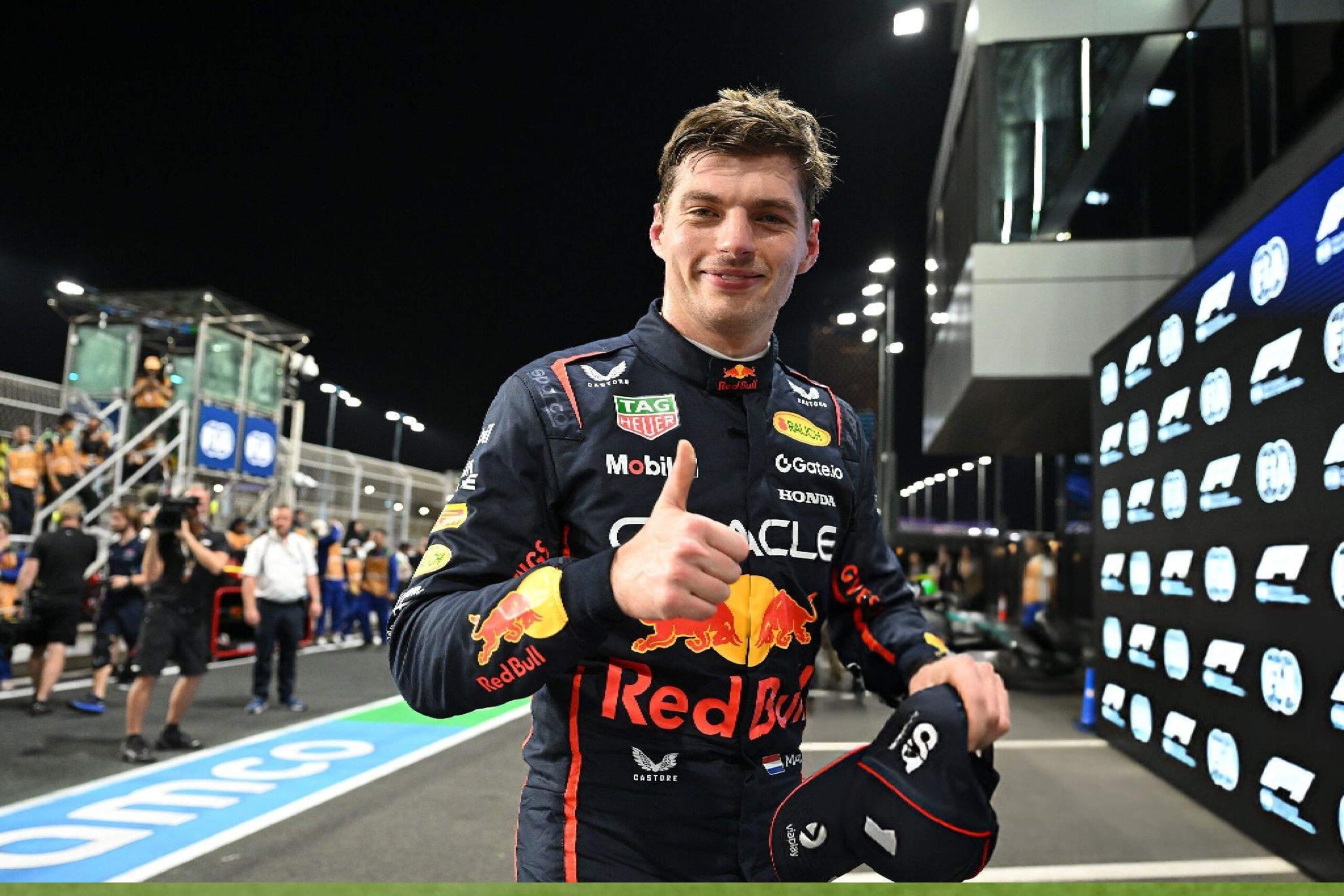What Is DRS in Formula 1? How Does DRS Work?
If you’ve watched a Formula 1 race and heard commentators mention “DRS,” you might wonder what it means. DRS stands for Drag Reduction System, a technology introduced in 2011 to enhance overtaking opportunities and make races more exciting.
DRS is a driver-activated system that reduces aerodynamic drag on the car, allowing for higher speeds on certain parts of the track. It involves a movable flap on the rear wing of the car. When activated, this flap opens, decreasing downforce and drag, which in turn increases the car’s top speed by approximately 10–15 km/h, depending on various factors like track layout and wind conditions .
Each Formula 1 car is equipped with a DRS mechanism that the driver can control via a button on the steering wheel. However, its use is regulated to ensure fairness and safety:
Activation Zones: DRS can only be used in designated zones on the track, known as DRS zones. These are typically long, straight sections where overtaking is feasible.
Proximity Requirement: During a race, a driver must be within one second of the car ahead at a specific detection point to activate DRS. This rule ensures that DRS is used as an overtaking aid rather than a constant speed booster.
Automatic Deactivation: DRS is automatically deactivated when the driver applies the brakes or exits the DRS zone.
Weather Conditions: For safety reasons, DRS is disabled in wet or slippery conditions to maintain optimal downforce and grip.
Also Read: Jeddah GP 2025: All You Need to Know about Formula 1 Saudi Arabian GP 2025
DRS at the Jeddah Grand Prix 2025
The Jeddah Corniche Circuit, host of the Saudi Arabian Grand Prix, is known for its high-speed layout and features three DRS zones. These zones are strategically placed to maximize overtaking opportunities on this fast street circuit.
Why Is DRS Important?
In Formula 1, aerodynamic downforce is crucial for cornering but creates significant drag on straights, making overtaking challenging. DRS addresses this by temporarily reducing drag, allowing the trailing car to close the gap and attempt a pass.
While DRS has successfully increased overtaking, some critics argue that it can make passes too easy, reducing the skill involved. Drivers like Lewis Hamilton have noted that while DRS facilitates overtaking, it sometimes leads to less thrilling passes.


1 comment